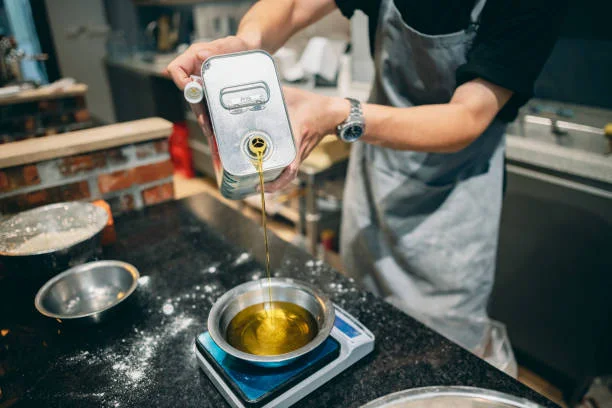we’ve all been there – standing in the kitchen with a pan full of greasy oil, wondering what the heck to do with it. Turns out, sustainable used cooking oil disposal isn’t just some fancy environmental buzzword. It’s actually a pretty big deal that affects everything from your local water treatment plants to wildlife habitats. The EPA estimates that improper oil disposal costs municipalities millions annually in pipe repairs and water treatment upgrades. Small restaurants alone generate roughly 3 billion gallons of used cooking oil yearly, while home cooks add another significant chunk to that number.
Understanding What Happens When Oil Goes Wrong
When you pour oil down the drain, it doesn’t just disappear into some magical underground system. That stuff hardens as it cools, creating what sanitation workers lovingly call “fatbergs” – basically concrete-like masses that can shut down entire sewer systems. London famously dealt with a 130-ton fatberg in 2017 that took weeks to remove.
Your home pipes aren’t immune either. Even small amounts of oil build up over time, creating expensive clogs that require professional help. I learned this lesson the hard way when my landlord hit me with a $300 repair bill after I’d been casually dumping bacon grease for months.
Discover hidden insights and tips in our Related Post to boost your knowledge today.
The Home Game Plan
For home cooks, the easiest method is letting oil cool completely, then scraping it into your regular trash. Yeah, it’s not the most glamorous solution, but it beats the alternative. If you’re dealing with larger amounts – like after a fish fry – pour the cooled oil into an old container and toss the whole thing.
Paper towels work great for cleaning up residual oil from pans. Just wipe everything down before washing with hot soapy water. Some people freeze used oil in ice cube trays, which makes portion control easier for disposal later.
Business-Level Solutions
Restaurants and commercial kitchens need more sophisticated approaches. Most cities require businesses to install grease traps – basically holding tanks that catch oil before it enters the sewer system. These need regular cleaning, typically every 30-90 days depending on usage volume.
Many areas now have rendering companies that actually pay for used cooking oil. These companies convert cooking oil disposal into biodiesel, animal feed, and industrial products. It’s pretty cool – what used to be waste becomes fuel for trucks and buses.
Collection and Recycling Programs
More cities are setting up household hazardous waste collection days where residents can drop off cooking oil alongside paint and batteries. Some grocery stores have started accepting small amounts of used oil too. Check with your local waste management company – they might have programs you don’t know about.
Community centers sometimes organize cooking oil drives, especially in areas with large immigrant populations where deep frying is more common. These events often coincide with environmental awareness campaigns.
Making It Work Long-Term
The key is developing systems that actually fit your lifestyle. If you’re constantly deep frying, invest in a small countertop container specifically for oil disposal. Keep it near your stove so you’re not tempted to take shortcuts.
For businesses, staff training makes all the difference. Everyone needs to understand why proper disposal matters and how to do it correctly. Post simple instructions near prep areas and make sure new employees get proper orientation.
Regular maintenance prevents bigger problems down the road. Clean grease traps, empty disposal containers before they overflow, and address any system issues quickly. Prevention costs way less than emergency repairs or environmental cleanup.
Don’t miss out—check our Featured Posts for expert advice and practical solutions.






